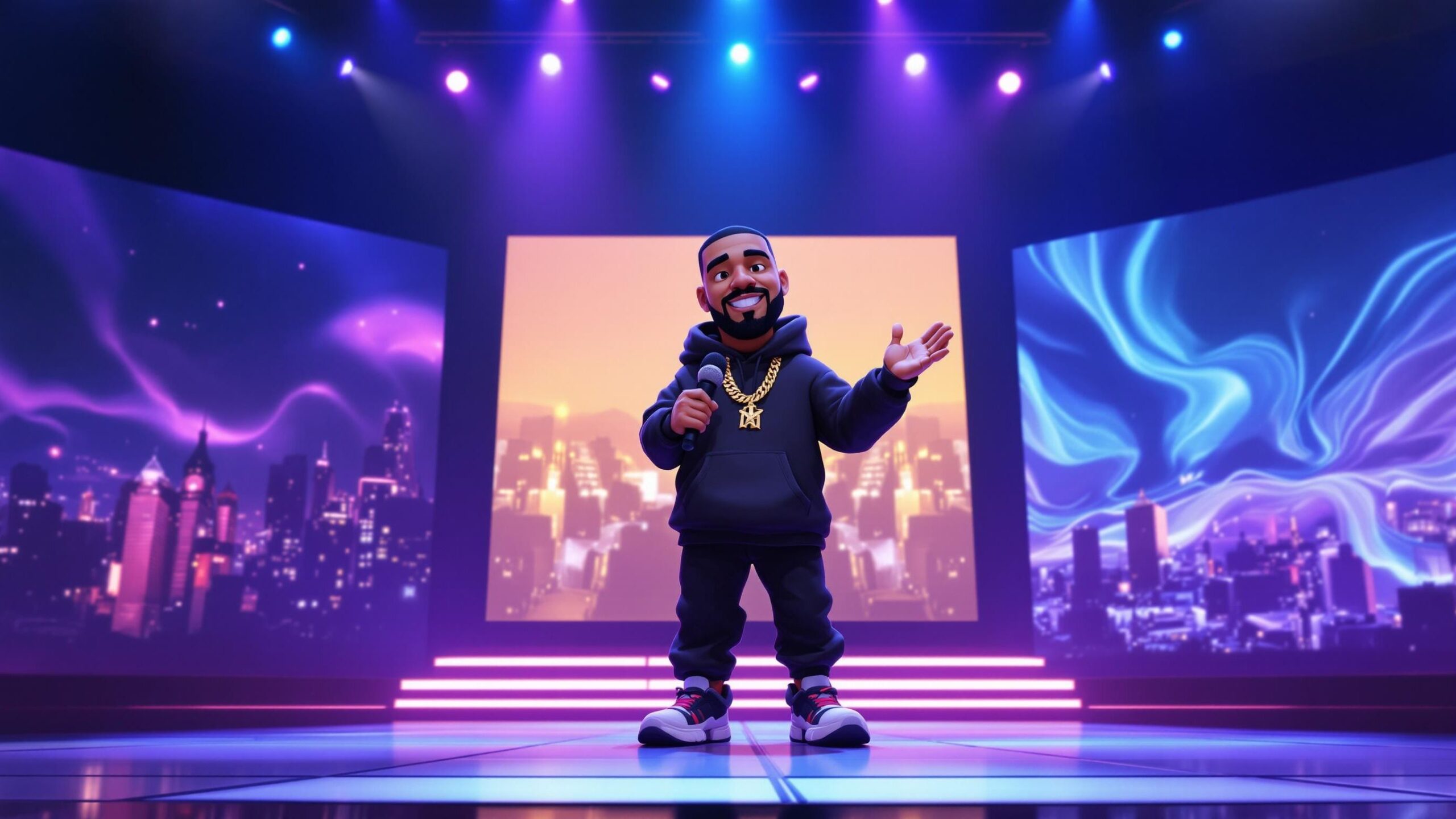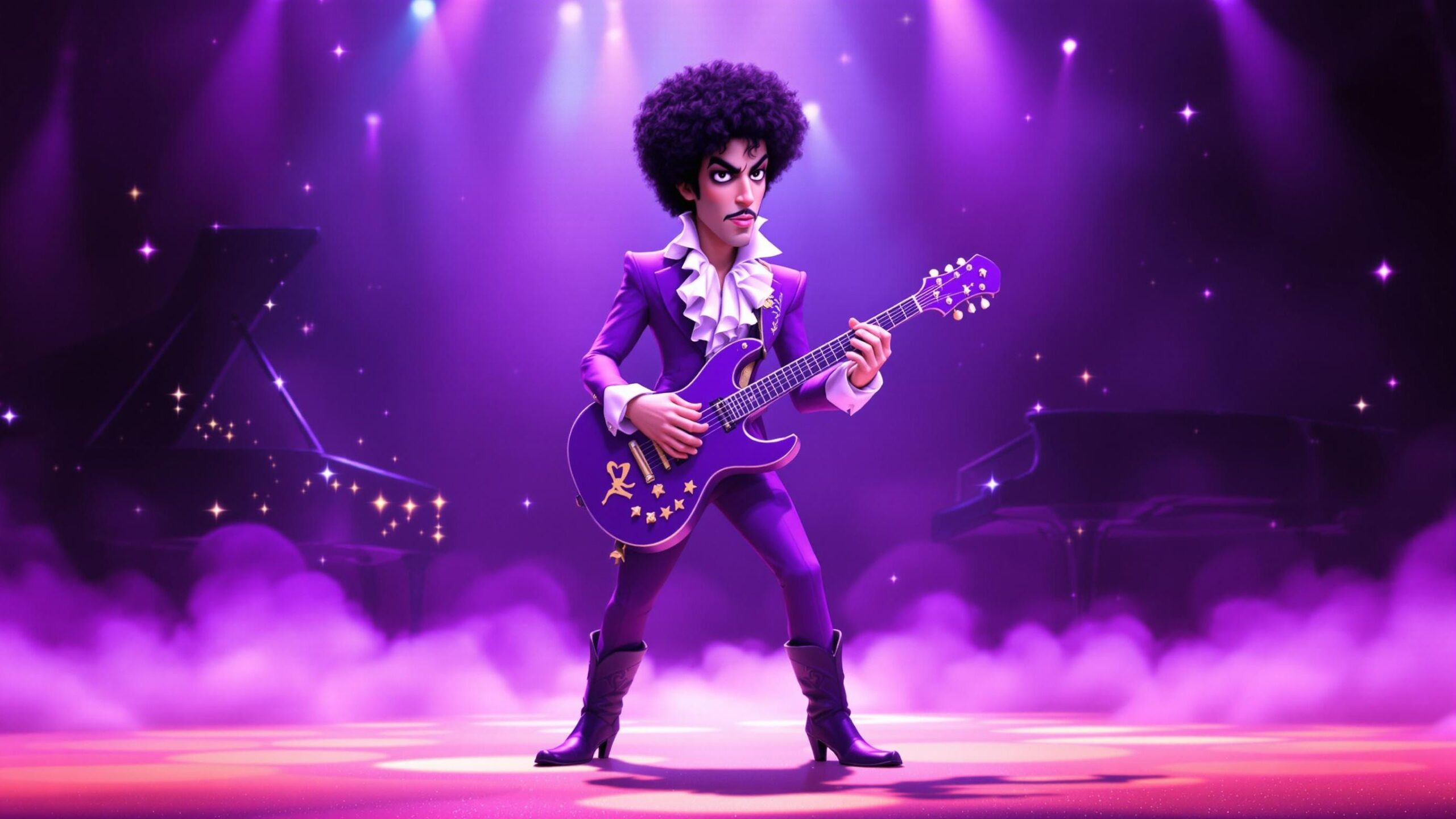Aubrey Drake Graham’s journey from child actor to global rap icon is one of music’s most remarkable evolutions. Born in Toronto on October 24, 1986, Drake first gained fame as Jimmy Brooks on the teen drama Degrassi: The Next Generation. But behind the camera, he was already crafting lyrics, dreaming in bars and hooks, and studying rap’s heavyweights like Jay-Z and Kanye West. Unlike most rappers of his time, Drake didn’t come from the streets—he came from a middle-class, multicultural background. And that became his strength. He offered a new narrative, a new tone. One filled with heartbreak, ambition, and unfiltered honesty. When he dropped his breakout mixtape So Far Gone in 2009, the world was introduced to something new: a rapper who could sing, an R&B artist who could spit bars, and a man unafraid to wear his emotions on his sleeve.
The Rise: Thank Me Later and the Birth of a Sound
With So Far Gone capturing critical buzz and an online cult following, Drake quickly signed to Lil Wayne’s Young Money Entertainment and dropped his official debut album, Thank Me Later, in 2010. The album debuted at No. 1 on the Billboard 200 and solidified him as hip-hop’s next superstar. Tracks like “Over,” “Find Your Love,” and “Miss Me” were confessional yet confident, mixing melodic hooks with introspective verses. Drake was redefining what it meant to be a rapper—less about posturing, more about vulnerability. He openly discussed fame anxiety, failed relationships, and emotional insecurities—territory rarely explored so nakedly in rap at the time. He wasn’t playing by traditional rules. And that’s exactly why he resonated.
Take Care: Emo-Rap Becomes a Movement
In 2011, Drake dropped Take Care—a moody, atmospheric, and emotionally raw album that didn’t just shift his career—it shifted the culture. Partnering with producer Noah “40” Shebib, he leaned heavily into ambient beats, downtempo rhythms, and sparse, melancholic production. Songs like “Marvins Room,” “Take Care” (featuring Rihanna), and “Doing It Wrong” bared his soul to the world. Take Care became a blueprint for a new genre: emo-rap. It fused hip-hop with R&B, darkness with melody, and feelings with fire. Critics praised its introspection. Fans tattooed its lyrics. And fellow artists took notes. Suddenly, it was okay—cool, even—for male rappers to be vulnerable. To talk about their exes. To cry in the club. With Take Care, Drake proved that you didn’t need to shout to be heard—you just had to speak your truth.
Streaming Era Domination: Views, More Life, and Billboard Records
While Drake was reinventing emotional expression in hip-hop, he was also rewriting the rules of success in the digital age. As streaming transformed the music industry, Drake was at the forefront. He didn’t just adapt to the new model—he dominated it. In 2016, Views exploded across platforms. “Hotline Bling,” “One Dance,” and “Controlla” fused dancehall, R&B, and pop in a way that made the entire world move. The album spent 13 weeks at No. 1 on the Billboard 200, and “One Dance” became Spotify’s most-streamed song of all time (at the time). Drake had officially become the streaming king. Then came More Life (2017), which he dubbed a “playlist” rather than an album—a subtle but game-changing nod to how music was now consumed. It was global in flavor, featuring UK grime, Afrobeat, and Caribbean vibes. It was Drake as curator, tastemaker, and global ambassador. With each release, he shattered streaming records, leaving traditional rollout strategies in the dust. Billboard wasn’t just measuring hits—it was tracking his cultural pulse.
Versatility as a Superpower: Scorpion, Collaborations, and Reinvention
What makes Drake unique isn’t just consistency—it’s versatility. He can be the sensitive ex (“Jaded”), the trap assassin (“Nonstop”), the pop crooner (“Hold On, We’re Going Home”), and the petty king (“Back to Back”)—all in the span of one album. Scorpion (2018) showcased this duality with its Side A/Side B structure: one side for bars, the other for ballads. It gave us hits like “God’s Plan” (whose video gave away nearly $1 million to strangers), “Nice for What,” and the viral “In My Feelings.” He’s also a master of collaborations. From Rihanna and Nicki Minaj to Travis Scott, Future, and Bad Bunny, Drake knows how to ride any wave and elevate it. Whether he’s dropping surprise mixtapes (Dark Lane Demo Tapes) or random singles like “Laugh Now Cry Later,” everything feels deliberate, calculated, and eventful. And just when critics think they’ve figured him out, he reinvents again.
Cultural Ubiquity: Memes, TikTok, and the Drake Persona
Beyond music, Drake has become a fixture in pop culture. His lyrics are meme gold. His dance moves—like in the “Hotline Bling” video—spark internet challenges. His face is as likely to appear on Twitter as it is on Spotify. Drake understands the internet’s rhythm. He leans into viral potential, often referencing current slang, trends, and inside jokes. But more than that, he’s turned Drake into a character: the emotional, boastful, self-aware lover-boy we all recognize. He makes fun of himself before anyone else can. From courtside antics at Raptors games to skits on Saturday Night Live, he plays the game better than anyone—not just as a rapper, but as a 21st-century celebrity engineered for the timeline age.
Legacy in Progress: Certified Lover Boy and Beyond
In 2021, Certified Lover Boy reminded fans why Drake remains at the top. It didn’t reinvent the wheel, but it didn’t have to. The album dominated streaming platforms, filled social feeds with quotable bars, and proved that Drake’s touch was still golden. But Drake’s story isn’t just about numbers or hits. It’s about how he changed what hip-hop could be. He opened the door for a new generation—rappers like Juice WRLD, Post Malone, and Lil Uzi Vert who blend melody and melancholy without apology. He shifted the conversation around masculinity in music. And he redefined success for a generation raised on Wi-Fi and playlists.
The Artist of the Algorithm and the Heart
Drake is more than a chart-topper. He’s a mirror of the modern moment—vulnerable yet confident, online yet intimate, genre-bending yet undeniably himself. He took the archetype of the tough rapper, flipped it on its head, and added heartbreak, late-night texts, and underwater beats. He’s not just the king of streaming. He’s the king of feeling, of sharing, of making hip-hop personal and poetic in a way that reshaped the culture. From Degrassi to dominance, from mixtapes to memes, Drake didn’t just make emotions mainstream—he made them powerful. And in doing so, he became a legend still in progress.




